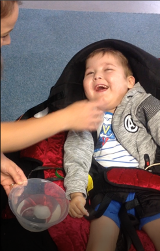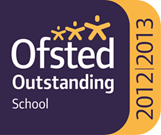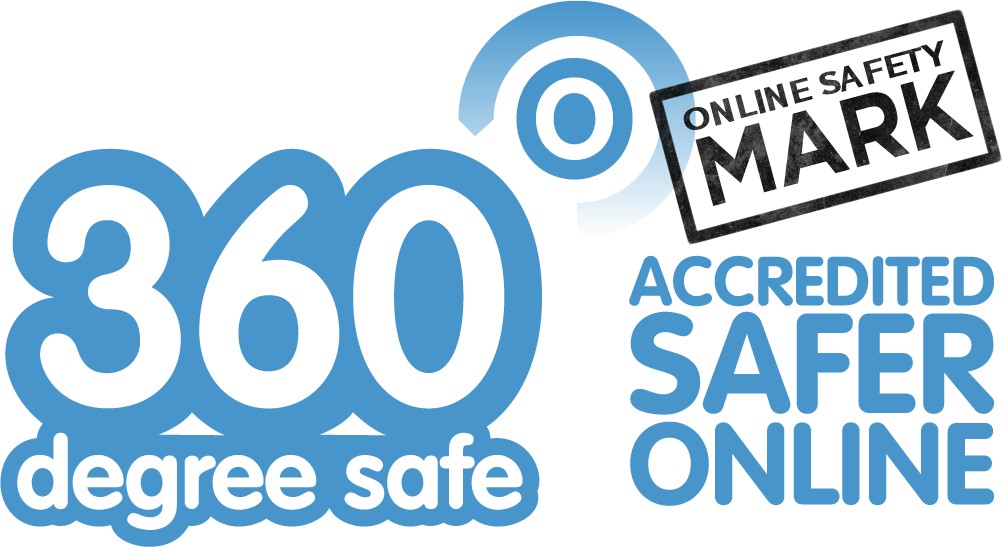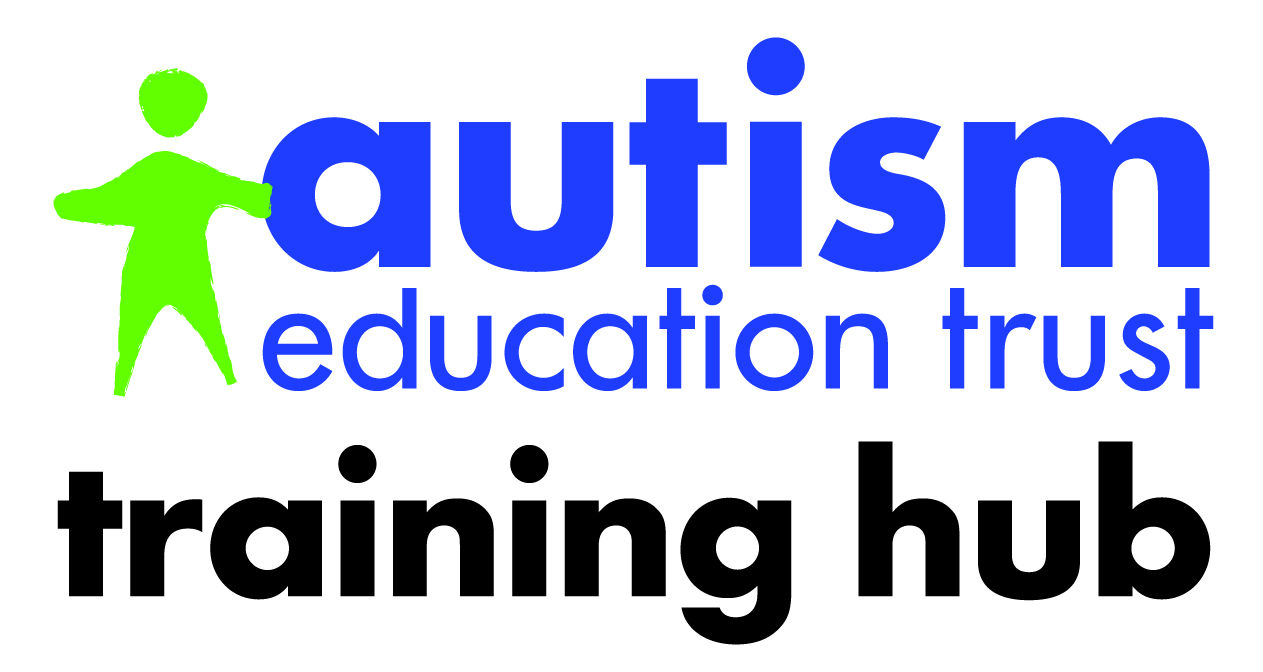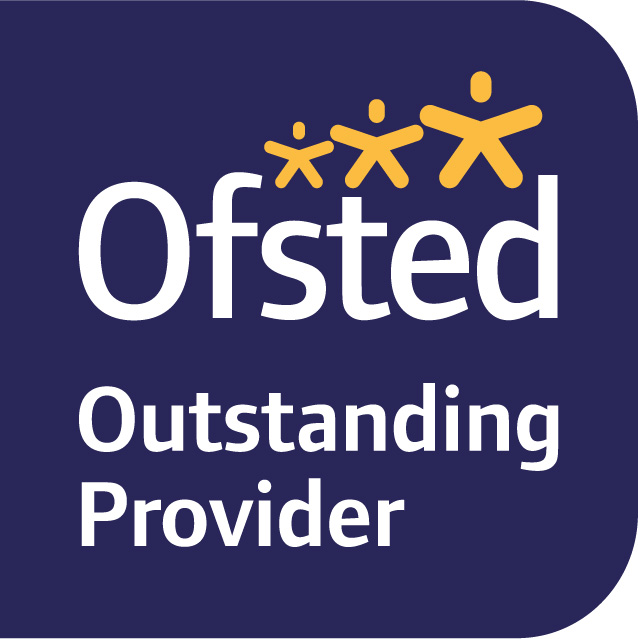Learning to Learn Curriculum
The L2L Curriculum at Curnow School
The Learning to Learn (L2L) curriculum at Curnow School is followed by pupils where a process based, sensory and developmental curriculum is appropriate to meet their learning needs.
Emphasis is placed on the experience gained through completing activities as opposed to the “end product” and it focuses upon developing children’s communication, engagement and experiences. The L2L curriculum across the school follows the same long term planning as other learners within each key stage (Lower and Upper School) delivered using a multi-sensory approach, though skilled teachers will assess within this the most appropriate and engaging areas to adopt.
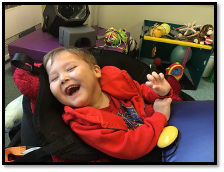
As with the Ready to Learn strand of the school, curriculum access is designed to ensure that the experience of pupils at key stage 1 will be very different to the experiences of key stage 4 learners, regardless of the level that they may be working at. Although sessions are planned and delivered in a variety of ways (whole class, group and individually) all teaching is individualised. Our intention for our curriculum is to maximise engagement in the learning process and to provide opportunities to develop their strengths, taking our pupils on to adult life with a love for learning and with skills to take them beyond the world of education.
Pupils within the L2L strand of the school have objectives and targets set from a variety of sources:
- Engagement profile
- Short term targets
- Switch Progression Road Map
- Therapy plans
- EHC plans
- Objectives and targets from other professionals.
Therapies form an important part of the curriculum for most children within the L2L strand and the school works closely with multi-agency teams, following their advice and guidance (e.g. – implementation of therapy plans). All advice is woven through the curriculum delivery to ensure that activities are meaningful and functional, best practice tips are shared between all settings.
Rather than being subject driven, the L2L curriculum is delivered through the following areas, using the subjects from the national curriculum to add interest and diversity;
Cognition and Learning (CL)
Exploration, Realisation, Anticipation, Persistence, Initiation
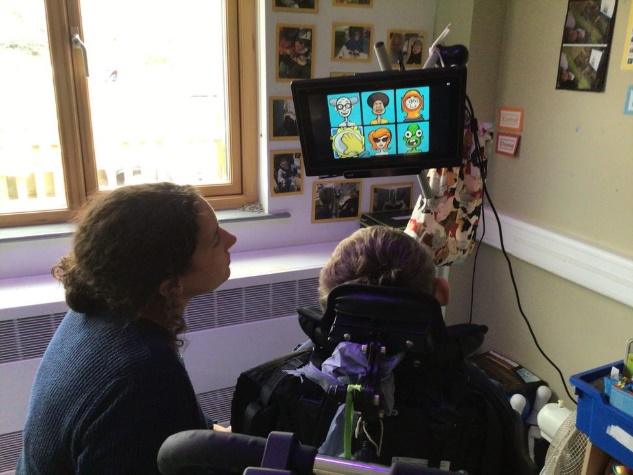
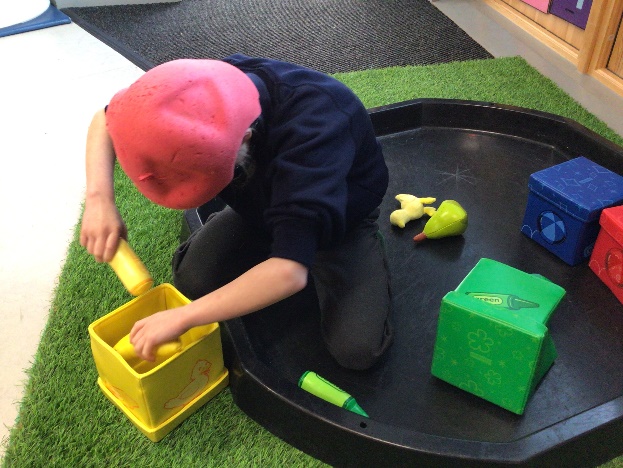
Following the recommendations of the Rochford Review, we have adopted the five areas of engagement as a means of showing progress. Through these areas pupils will develop interests, practice and refine skills and learn generalise the skills they have learned in different ways and in different situations. They will learn how their actions affect their world and the people in it.
Social Emotional and Mental Health Development (SEMH)
Social Affection, Emotional Affection
Pupils are supported to develop the skills required to be able to get their needs met, co-operate with others and share understanding in their environment. They are also supported to develop the ability to use the skills required in order to recognise their own feelings, control some behaviours and demonstrate their own emotions.
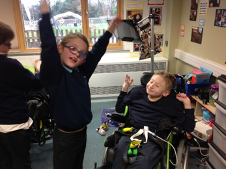
Communication and Interaction (CI)
Expressive communication, Receptive communication
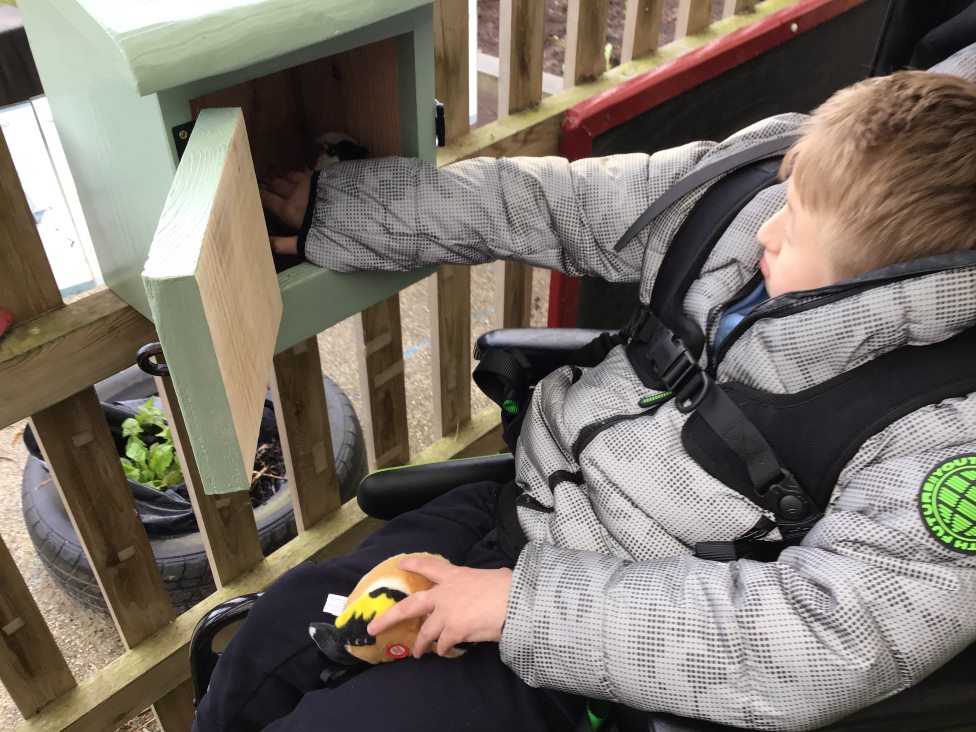
Pupils are supported to develop skills that underpin communication, such as shared attention, responding consistently, turn taking, anticipating, showing preferences and making choices.
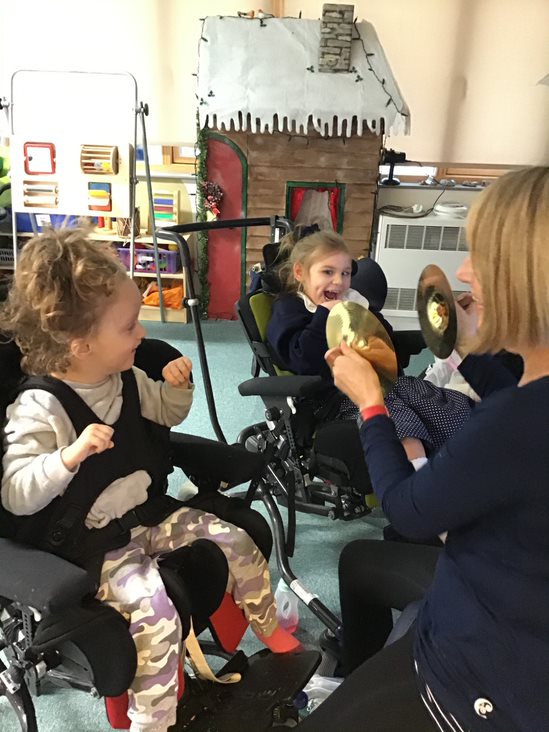
Physical Development (P)
- Fine Motor Operations, Gross Motor Operations
- Physical development is a fundamental part of our L2L curriculum.
Pupils are positioned for good health throughout the day following physio advice. They are encouraged to develop body awareness, strength and movement in order to become more physically independent and to improve their functional skills and mobility. Pupils also develop ways of handling objects and exploring the world around them using fine motor skills.
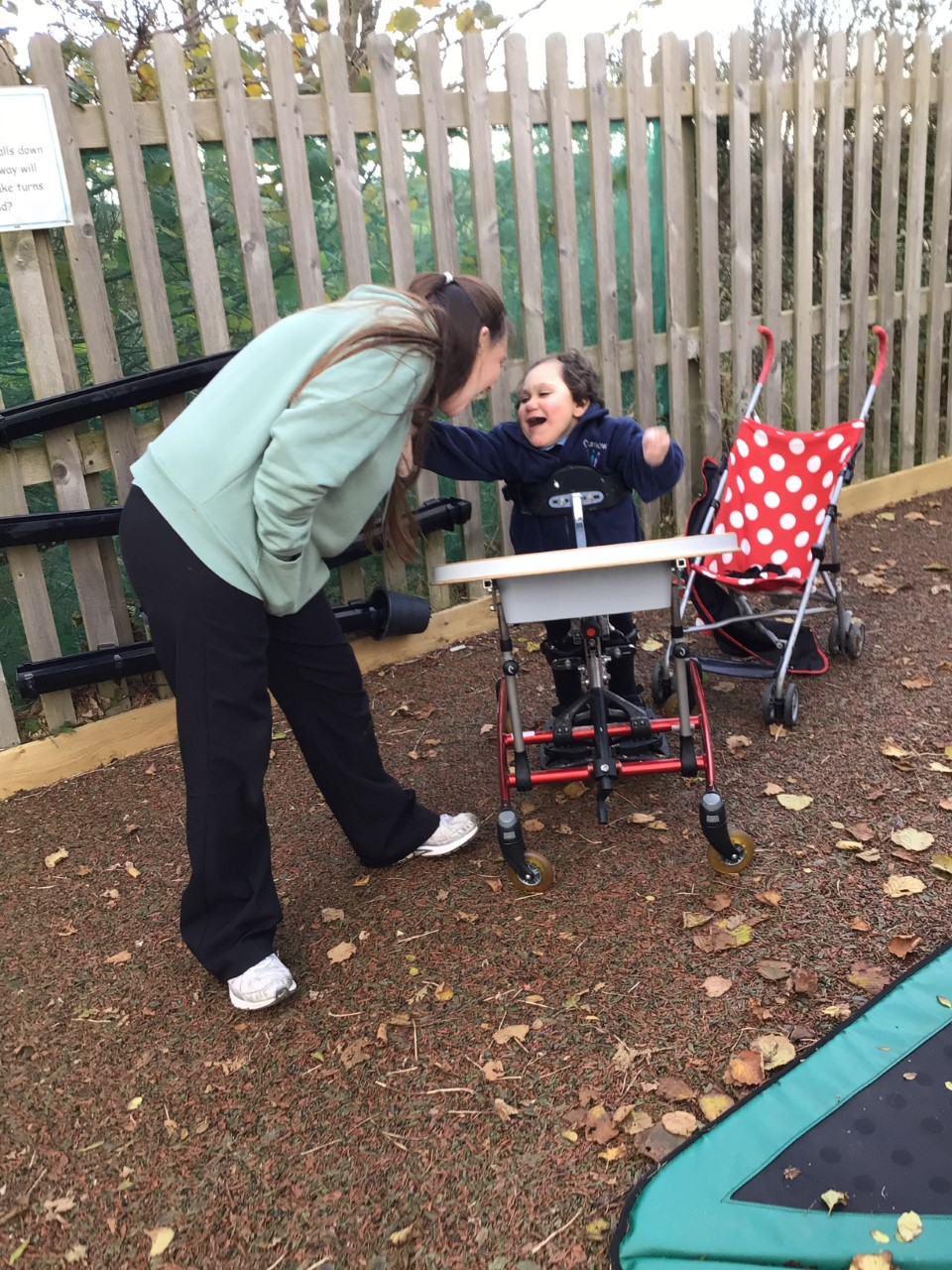
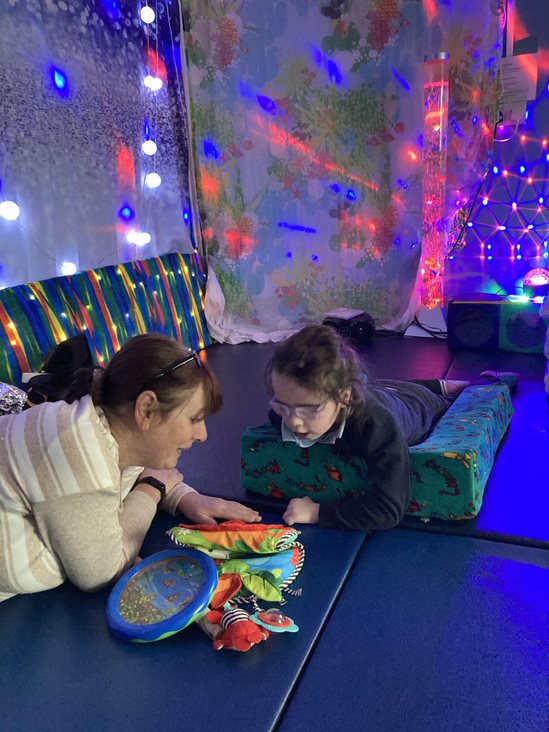
Sensory Development (S)
Auditory, Visual, Tactile, Proprioception, Vestibular
Pupils are supported by school staff, with input from therapists, to develop their auditory, visual, tactile, proprioceptive and vestibular skills through a wide range of daily activities. This helps the pupils to make sense of the world around them.
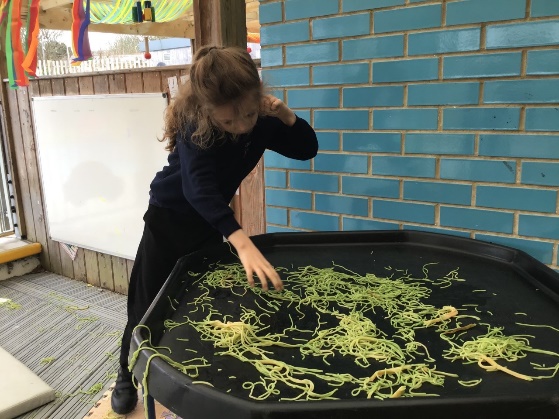
Curriculum delivery
These are some of the ways in which we deliver our curriculum sessions in the Learning 2 Learn strand of the school.
TACPAC and Intensive interaction
Tac Pac is a sensory communication resource using touch and music, used to support people with sensory impairment, developmental delay, complex learning difficulties, tactile defensiveness, and limited or pre verbal levels of communication. Intensive interaction is an approach for teaching communication skills to pupils who are still at early stages of development.
Sensology/Sensory Wake and Shake
This aims to wake up the five basic senses (see, hear, touch, smell, taste) as well as movement related sensory systems: the vestibular (balance, head movements and gravity) and the proprioceptive (body positions and planning movements).
Sensology is used to support the child's awareness, engagement and to enable them to show preferences, look and attend, control movements, communicate, anticipate and learn through pleasurable and exciting multisensory experiences
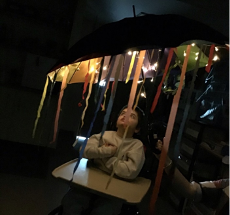
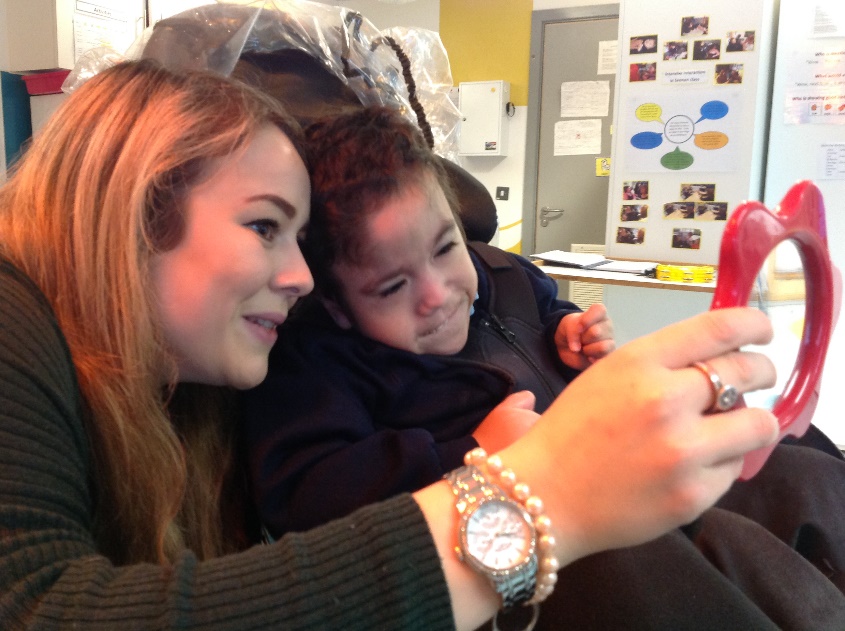
Sensory Stories
We bring stories to life with the use of concrete objects, Children often respond to the intonation of the adult’s voice, the visual aids, sounds, smells, tastes or the texture of the objects to support the words that are being used.
Massage
We use massage to develop the ability to relax, body awareness, enhanced communication, improved social interaction, general wellbeing and increased concentration.
